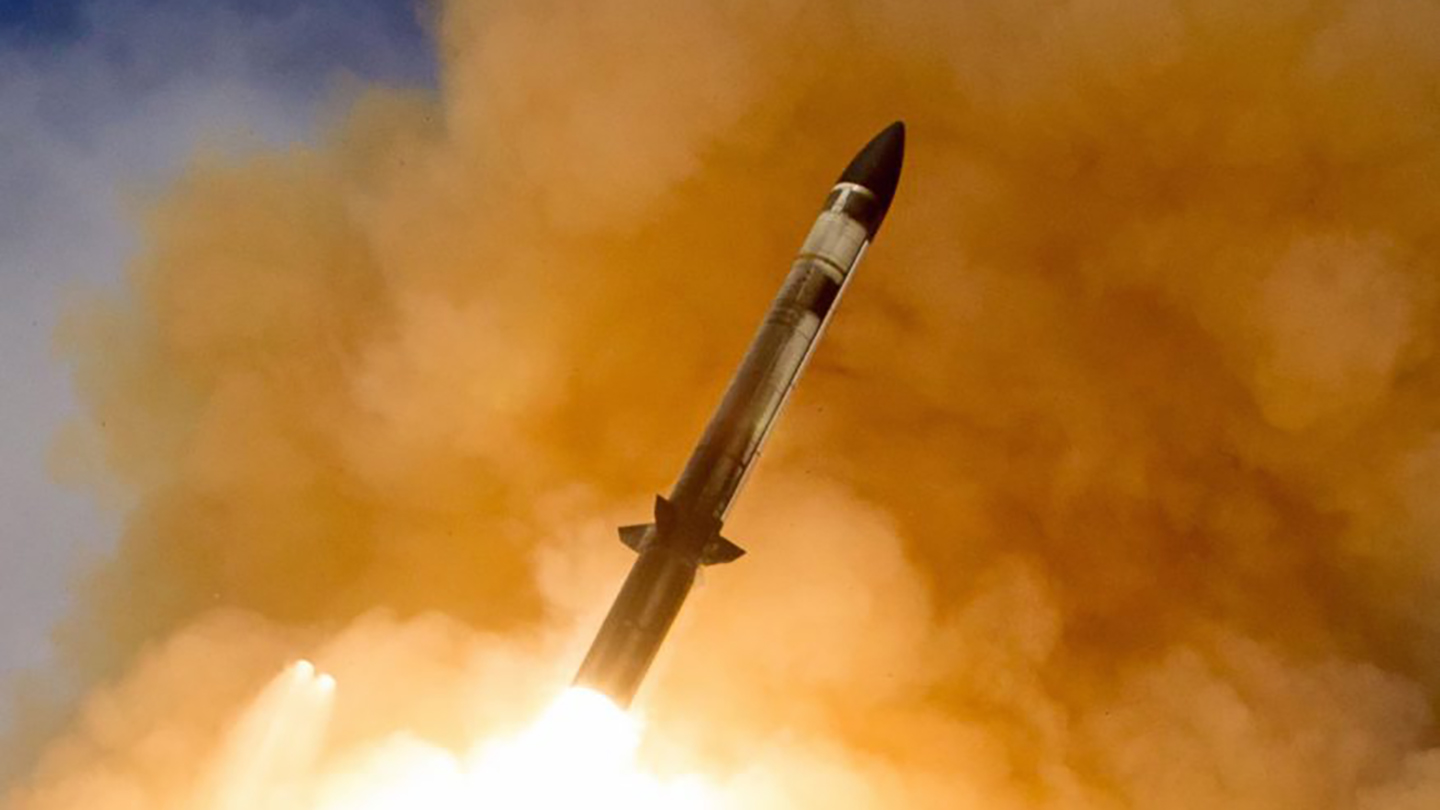After seeing how well Standard Missile-3 (SM-3) anti-ballistic missile interceptors performed last month against Israel-bound Iranian ballistic missiles the Navy Secretary says he now wants more. Carlos Del Toro’s testimony at Wednesday’s Congressional budget hearing comes as the Pentagon’s Missle Defense Agency (MDA) wants to end procurement of SM-3 Block IB variants by the end of this year and limit its buy of the follow-on Block IIAs to 12 per year through Fiscal Year 2029.
“I truly believe that the SM-3s will be needed in greater numbers in the future, given the operations that took place in defense of Israel,” Del Toro testified during a House Armed Services subcommittee hearing. “Recently, some were fired. And very effectively. So I think given the future threat and our deterrence mission of the Indo-Pacific, we are going to need more SM-3s in the future.”
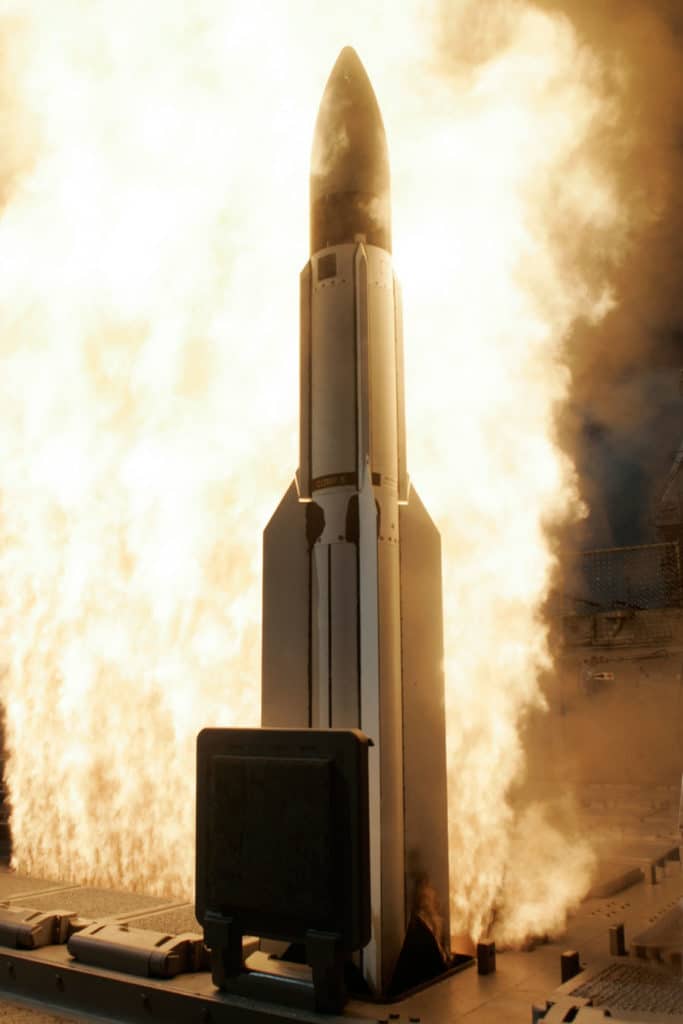
While the SM-3s have been in the Navy’s arsenal for years, they hadn’t been used against actual aerial threats until the massive April 14 Iranian missile and drone barrage against Israel. The Arleigh Burke-class guided-missile destroyers USS Carney and USS Arleigh Burke downed a reported four Iranian missiles during that attack. That was a small, but important reason why only about 1% of the approximately 120 ballistic missiles, 30 cruise missiles, and 170 drones fired at Israel hit targets there, according to figures provided by the Israeli Defense Forces (IDF). The vast majority of those threats, like the one pictured below, never even reached Israeli airspace.
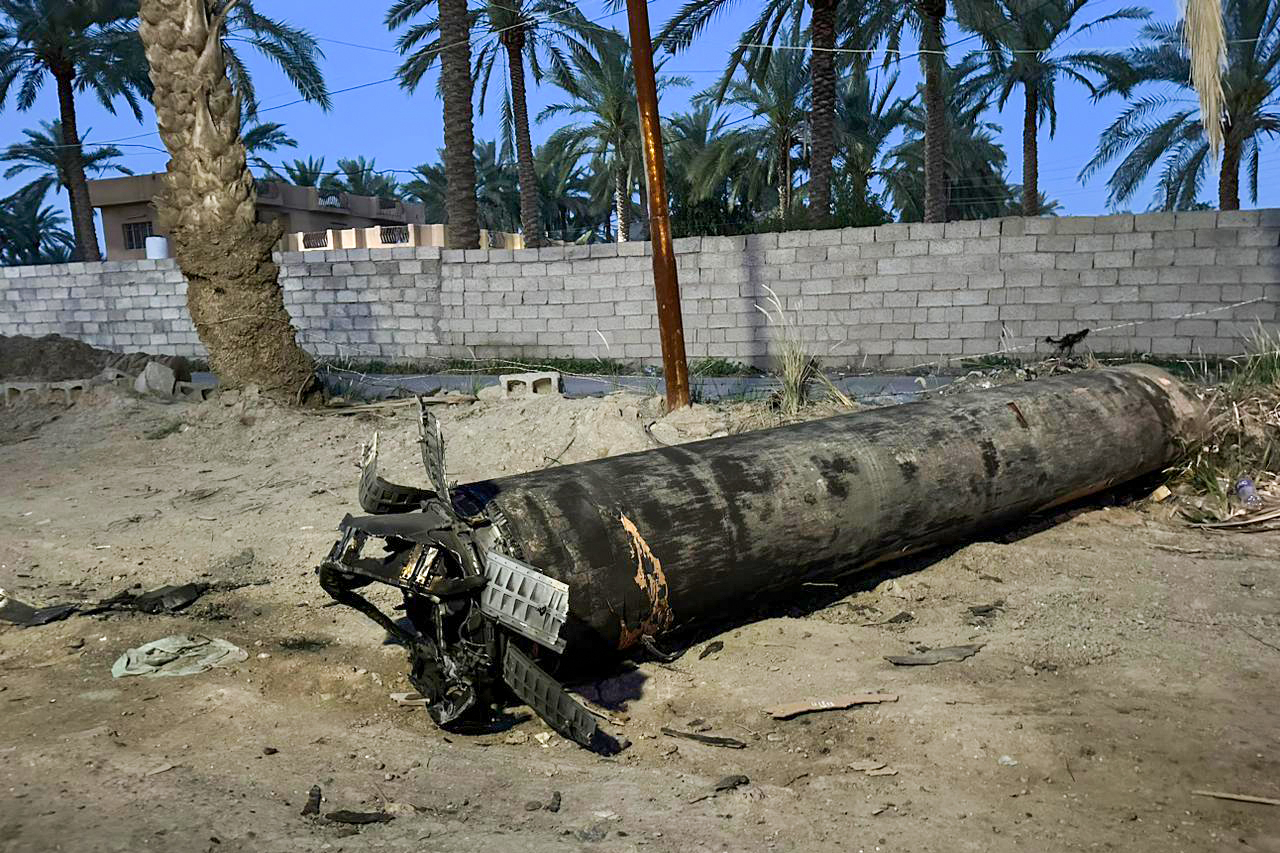
The decision to halt procurement of the Block IBs was “made before recent operations,” Del Toro acknowledged. “I think we’re going to have to relook at that, in order to add more SM-3s in the future.”
Del Toro’s comments were in response to questions from Congressman Joe Wilson (R-SC), who raised concerns that “the current trajectory to end production of this proven defense against the threats in the Central Command region would create a “capability gap.”
“It really is shocking to me,” he said of the MDA’s decision to end procurement of the Block IB variants amid all the ongoing and future threats.

With Iran firing at Israel, the ongoing campaign by Iranian-backed Houthis against Red Sea shipping and potential conflict with China or Russia, “we’ve just got to be prepared and address the changes that occur,” said Wilson.
For months, the Houthis have been lobbing ballistic and cruise missiles and aerial and sea drones at military and commercial vessels in the Red Sea, Bab al-Mandab and Gulf of Aden as well as Israel, draining the Navy’s SAM stocks.
Del Toro recently stated that the U.S. alone has spent more than $1 billion worth of missiles defending against Houthi attacks. That’s been mostly SM-2 and SM-6 surface-to-air missiles costing millions of dollars apiece, Del Toro said. By February, the Navy had fired at least around 100 Standard family surface-to-air missiles at Houthi missiles and drones launched from Yemen since last October. There have been and continue to be significant concerns about the rate at which American warships are expending munitions against Houthi threats and the broader ramifications thereof. These are issues The War Zone explored in detail in a recent feature that you can find here.

Last year, MDA proposed the annual procurement of 43 Block IB variants between Fiscal Years 2026 and 2028. It is unclear why the agency, which co-manages the purchase of missiles with the services, made such an abrupt change. We reached out to the Pentagon to find out why, and whether that might change in the wake of Del Toro’s comments. We will provide the answers should they become available.
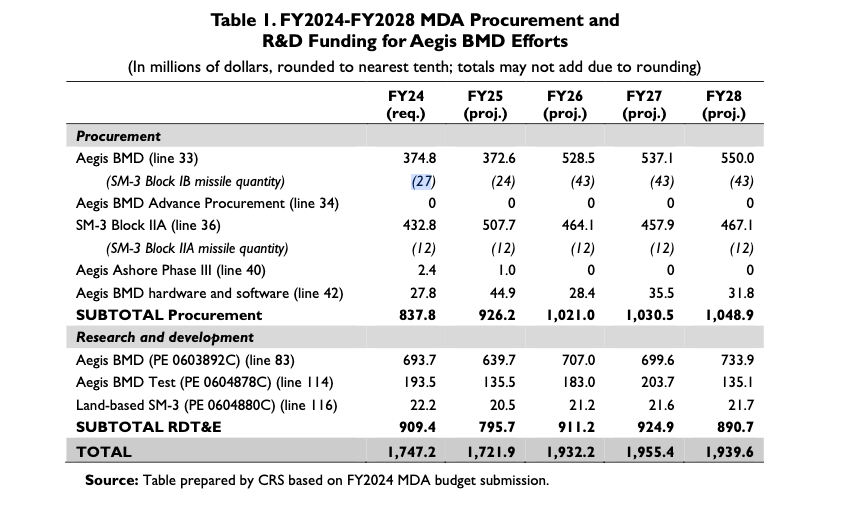
The MDA partners with the Navy to manage the U.S. Aegis Ballistic Missile Defense System (BMD) consisting of multiple land- and sea-based components. This includes dozens of Arleigh Burke class destroyers, as well as a steadily shrinking number of Ticonderoga class cruisers, specially configured to support the Aegis BMD mission. There are also fixed Aegis Ashore facilities in Romania and Poland (as well as a third site used for testing in Hawaii).
Currently, the primary anti-missile interceptors used in the Aegis BMD system are SM-3 and SM-6 variants.
As we’ve reported in the past: “The SM-6 is capable of engaging ballistic missiles, as well as novel hypersonic threats, in their terminal phases of flight, although the envelope to do so is quite limited in geographical size. That missile is also a multi-purpose weapon that can be employed against a range of other aerial targets, as well as ones on the surface of the ocean and land. The SM-6 reportedly made its combat debut relatively recently as part of operations in and around the Red Sea to protect commercial shipping, as well as friendly warships, against ballistic and cruise missiles and drones launched by Iranian-backed Houthi militants in Yemen.”

SM-3 series interceptors, on the other hand can engage ballistic missiles outside of the Earth’s atmosphere during the mid-course portion of their flight. SM-3s are hit-to-kill weapons that release a “kill vehicle” in the final stages of an intercept that then physically manuevers to smash into the target. SM-3s have demonstrated their capabilities against various tiers of ballistic missiles in testing, including intercontinental ballistic missiles (ICBMs), and one was also used to destroy an out-of-control U.S. spy satellite in 2008.
The Block IIA, like its predecessor, can be launched from both sea and land, but is a much more capable interceptor than its predecessor. Its kill vehicle is larger and more maneuverable. It also features a larger rocket motor to ensure increased range and altitude, and a higher terminal velocity, that can engage higher-performance targets like ICBMs.
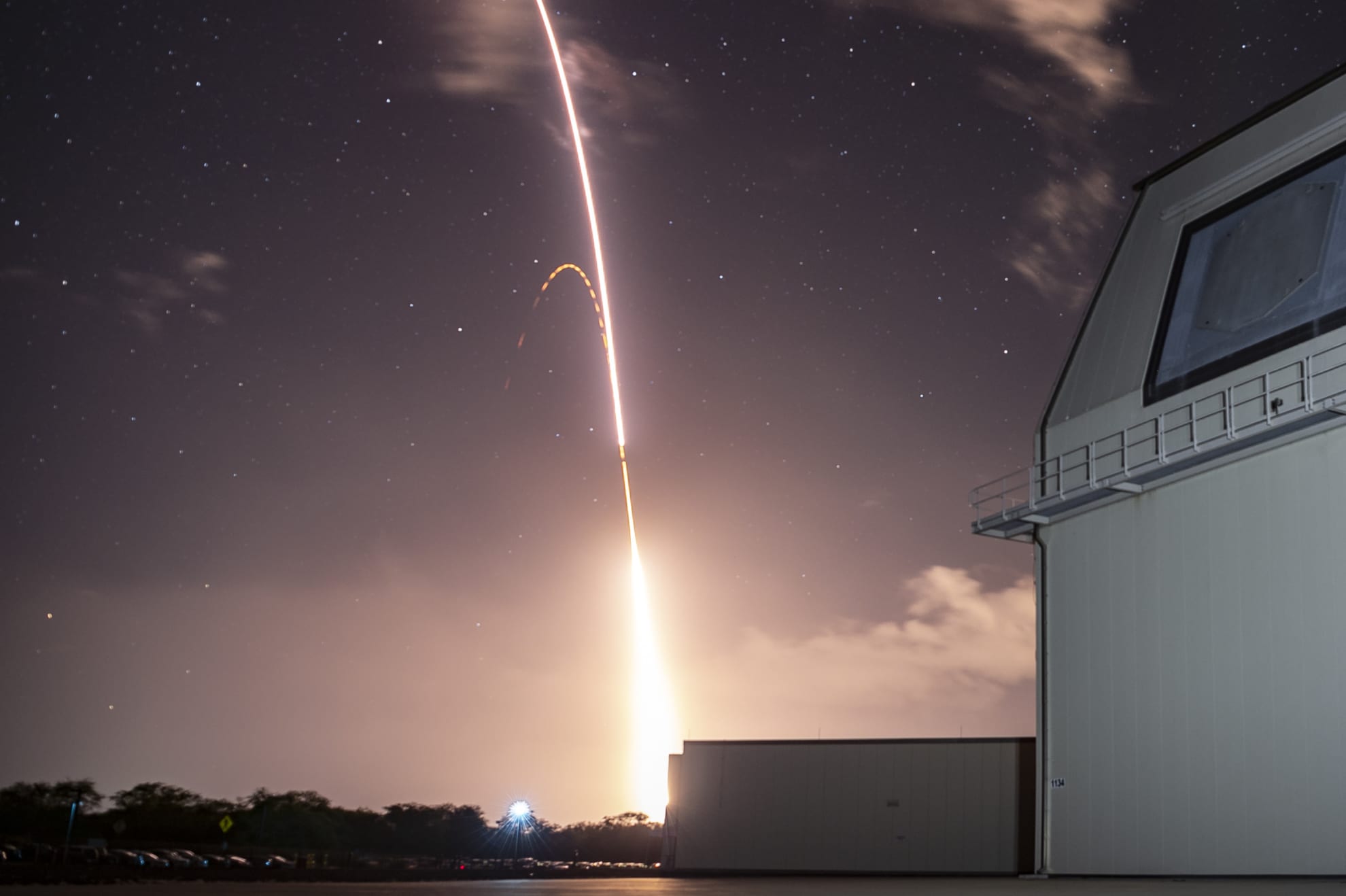
The Block IB may be less capable, but it is also far less expensive. The Block IB costs $12.5M per round. The Block IIA costs well over twice as much, at close to $28M per missile, based on the latest budget numbers. And for most threats, the extra capabilities of the Block IIA may not be necessary. Ballistic missile defense also goes beyond the need for protecting entire regions from ballistic missile threats. The ships themselves can now be targeted over long-ranges with anti-ship ballistic missiles, ones fare more advanced that what the Houthis are firing around the Red Sea. So SM-3s of any type could prove critical to protecting American warships during a fight against China, which has invested very heavily into long-range anti-ship ballistic missile capabilities. This makes it puzzling as to why the Navy would be buying so few SM-3s and only the most expensive option.
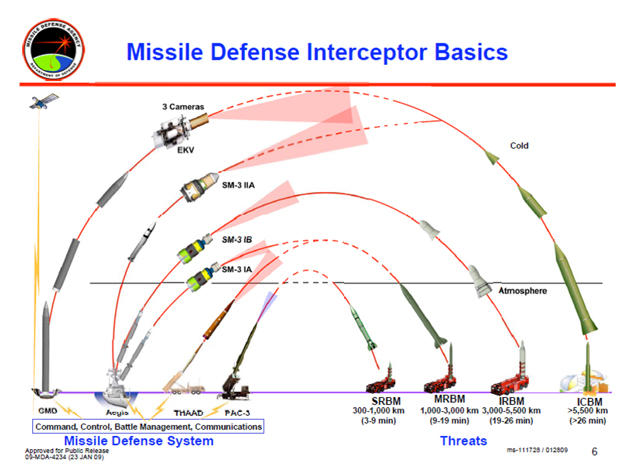
Del Toro’s call for more SM-3s is a huge sea change from a former Chief of Naval Operations’ (CNO) vision of how the Navy’s surface combatants should be deployed.
In 2018, then-CNO Adm. John Richardson vehemently voiced his displeasure with the use of Navy vessels on ballistic missile defense patrols. He complained that such missions, like the ones several warships are now taking part in, were straining the surface combatants.

“It’s a pretty good capability and if there is an emergent need to provide ballistic missile defense, we’re there,” Richardson said during his address at the U.S. Naval War College’s Current Strategy Forum, Defense News reported at the time.
However, Richardson’s look into the future back then has not aged that well. Especially considering the growing proliferation of ballistic missiles and the huge threat they represent in terms of a potential peer conflict, including ones capable of targeting the ships meant to defend against them.
“But 10 years down the road, it’s time to build something on land to defend the land,” Richardson said six years ago. “Whether that’s AEGIS ashore or whatever, I want to get out of the long-term missile defense business and move to dynamic missile defense.”
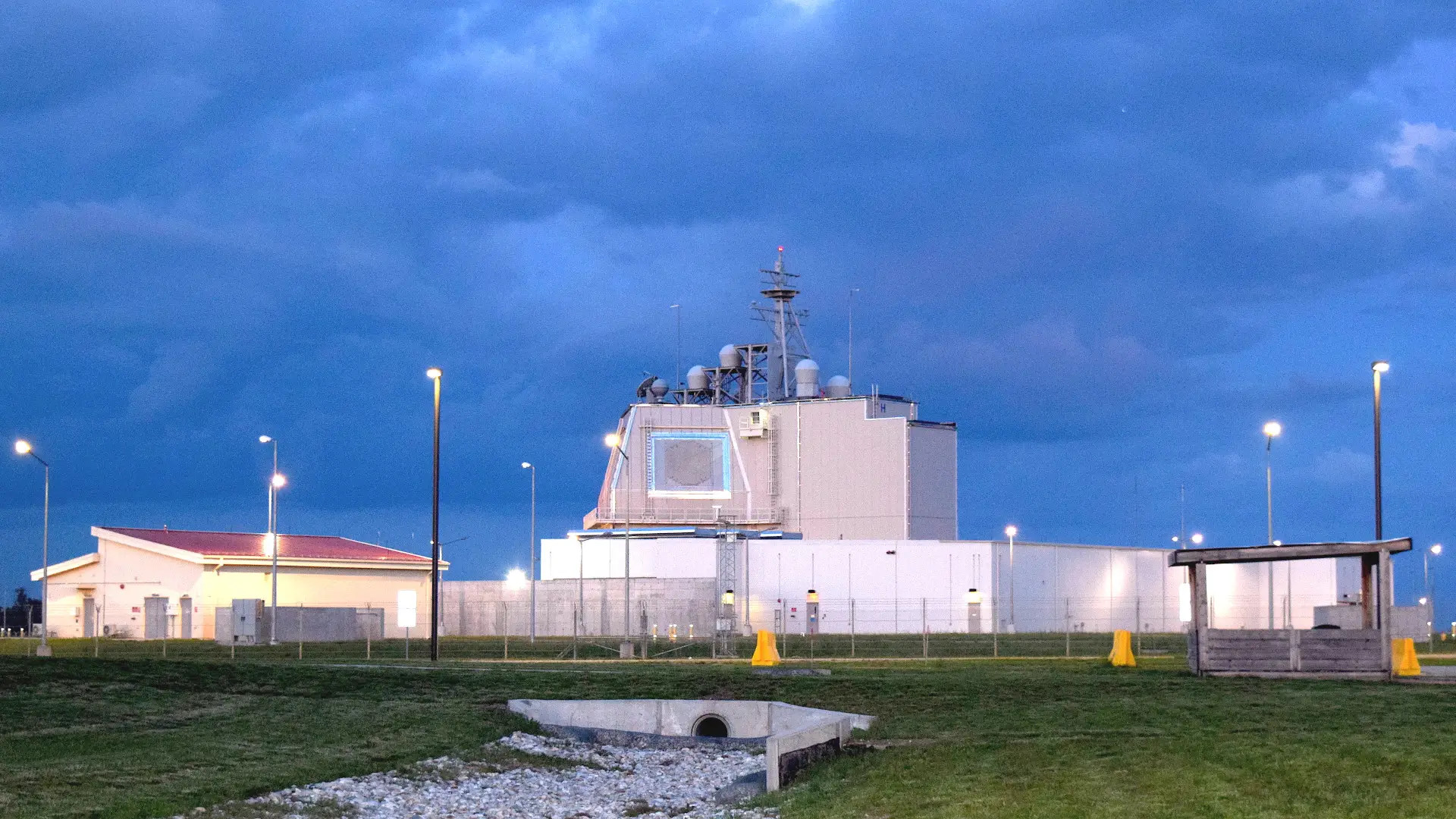
While land-based missile defense remains priority, the Navy’s surface fleet will remain in the missile defense business well into the future.
Considering the threat posed specifically by China, even 43 of the less expensive Block IBs per year as initially proposed could prove inadequate. Winnowing that down to a dozen per year, even of the most advanced Block IIA variant, certainly seems totally disconnected from the tactical realities facing the U.S. and its allies, and raises introduces a puzzling level of risk.
Contact the author: howard@thewarzone.com
